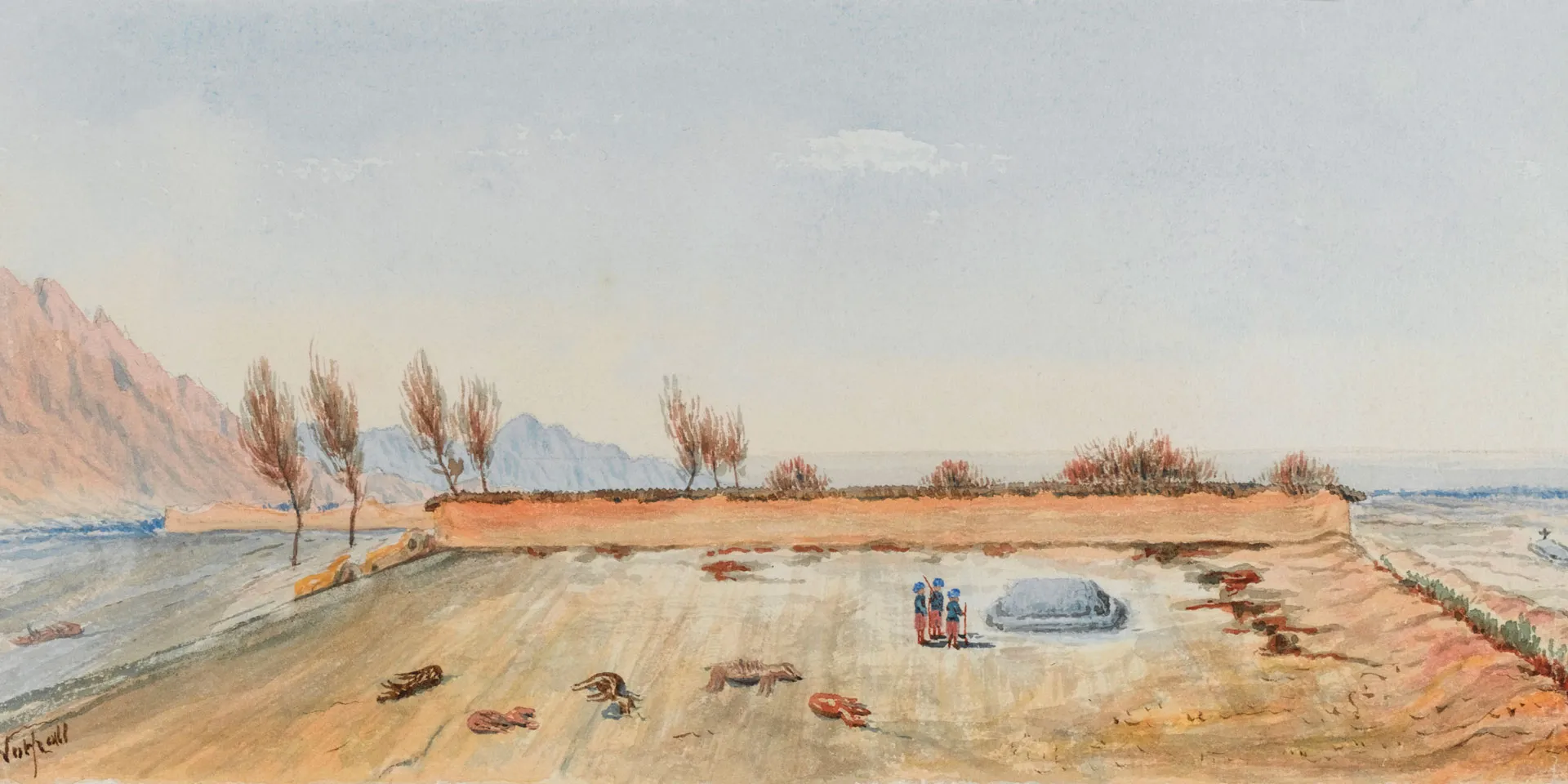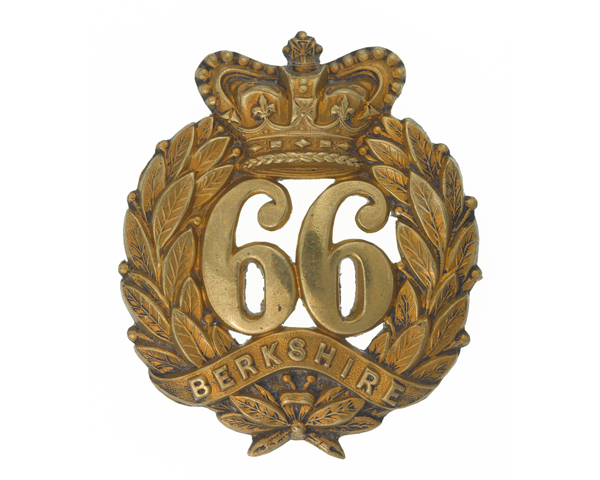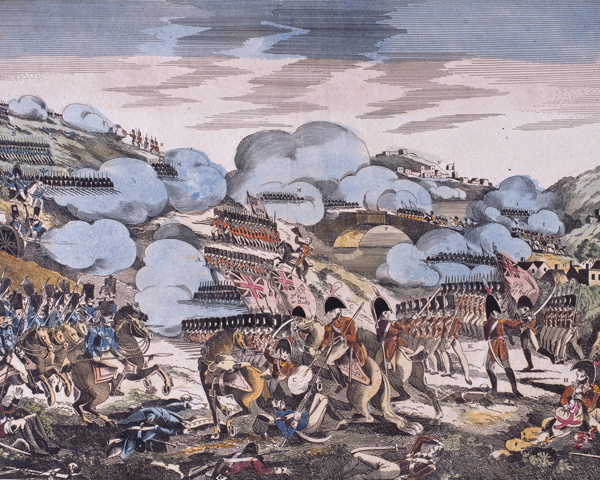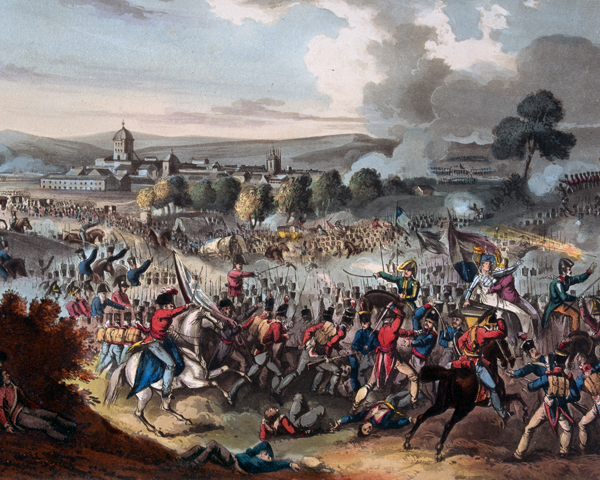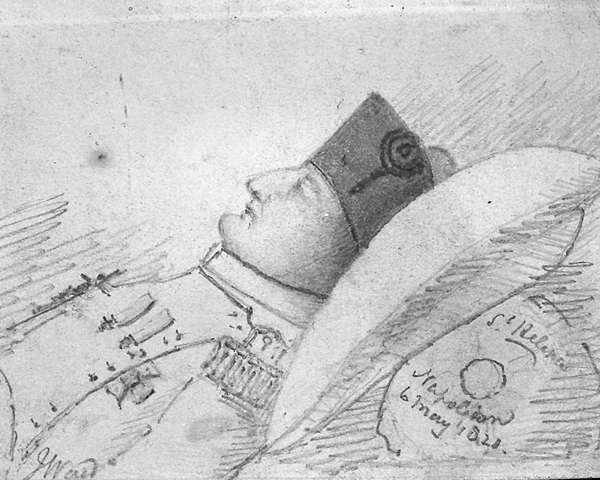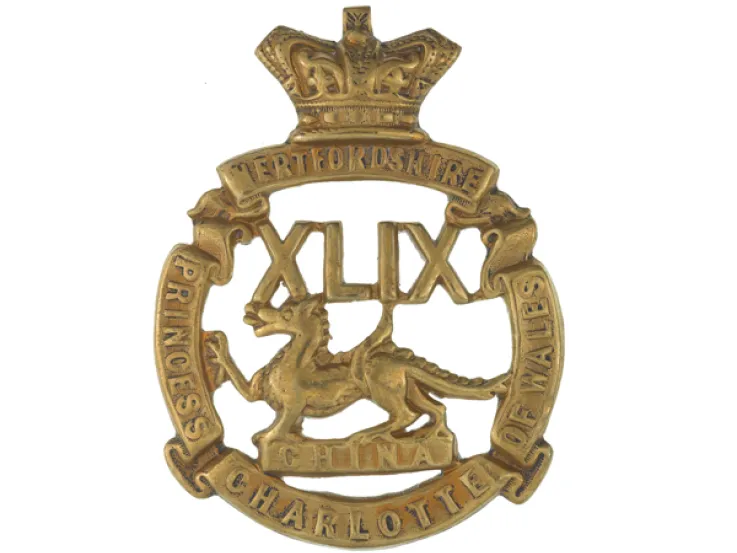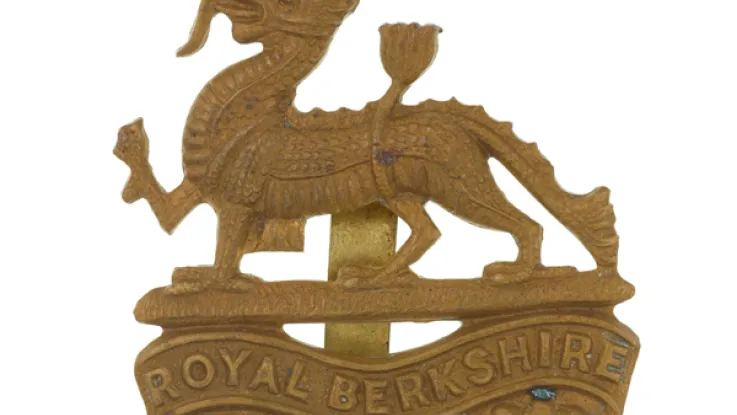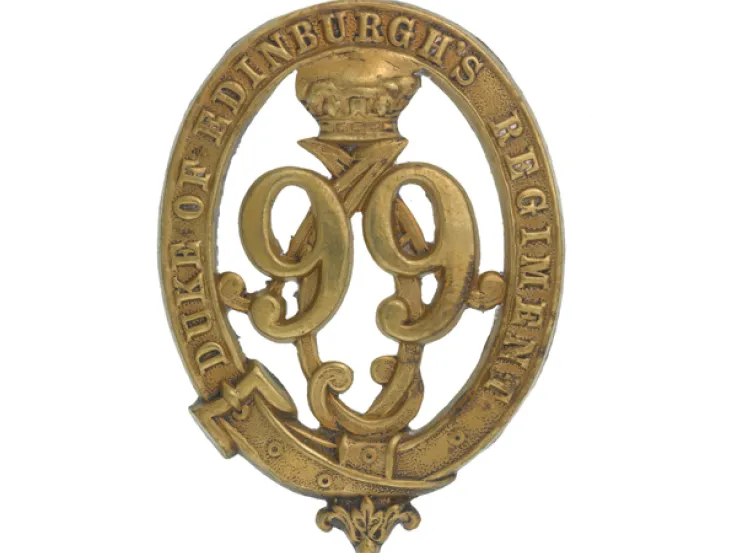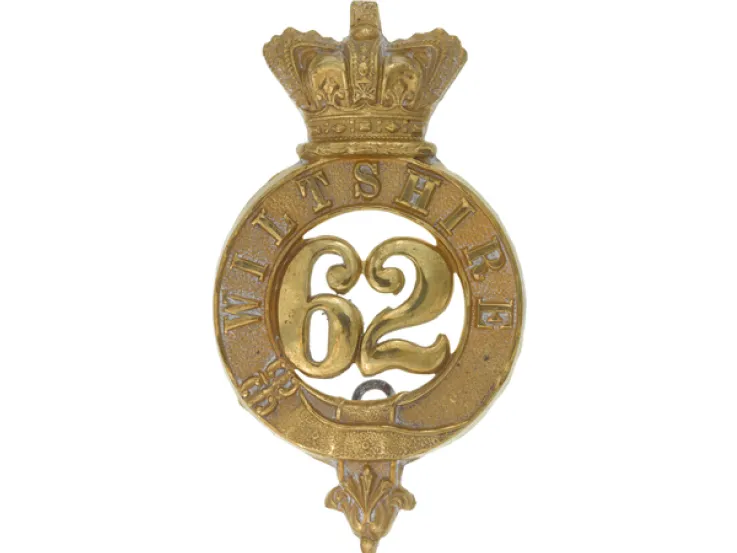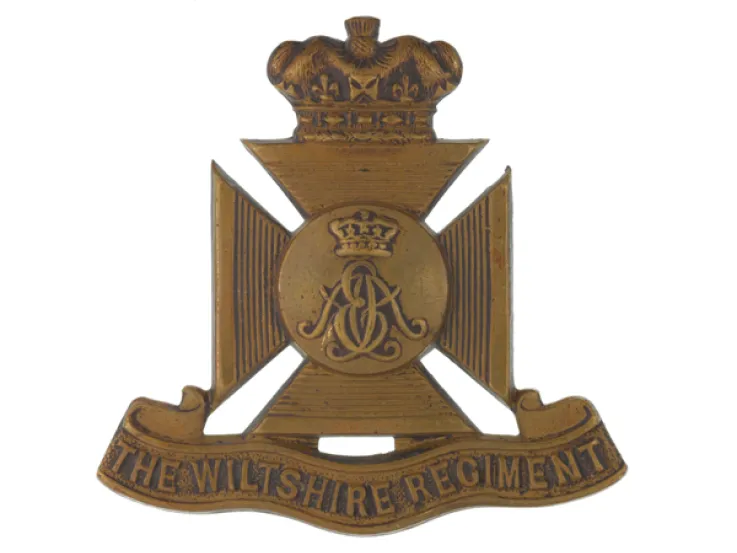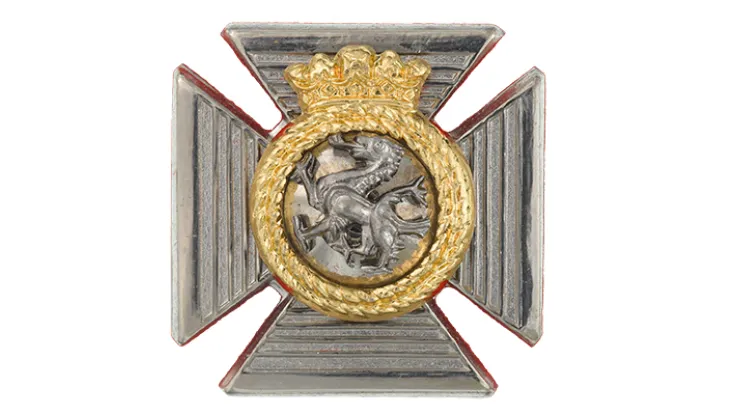Origins
This regiment was raised as the 2nd Battalion of the 19th Regiment on the outbreak of the Seven Years War (1756-63). It became an independent unit two years later.
In 1758, two of its companies were sent to garrison Senegal, while the rest of the regiment remained in England. The unit reunited in Ireland in 1763.
It sailed to Jamaica in 1764, remaining there for nine years. In 1775, the regiment moved to Ireland once again, this time for 10 years. In 1782, it was given a territorial association with Berkshire.
In 1785, it was deployed to St Vincent in the West Indies. But on the outbreak of the French Revolutionary Wars (1793-1802), it was moved to reinforce Gibraltar. It transferred back to the West Indies in 1796, seeing action on Saint-Domingue (now Haiti) and Jamaica.
The regiment then garrisoned Canada (1799-1802), Ceylon (now Sri Lanka) (1804-14) and India (1814-17). The latter deployment included a brief stint in Nepal in 1815 during the Gurkha War (1814-16).
Peninsula
In 1803, the regiment raised a 2nd Battalion. This remained in Ireland until 1809, when it was sent to the Peninsular War (1808-14). Its service there included the battles of Douro (1809), Talavera (1809), Albuera (1811), Vitoria (1813), Nive (1813) and Orthes (1814).
At Albuera in May 1811, it lost its Colours and all but 52 of its men. The few survivors joined with those of four other regiments to form the Provisional Battalion. This was renamed the 1st Provisional Battalion in December 1812 and finally disbanded in October 1814.
St Helena
The 66th raised a new 2nd Battalion in England, which sailed to St Helena in 1816 to guard the exiled Napoleon Bonaparte. In 1817, it was joined on the island by 1st Battalion.
The two battalions merged later that year, remaining on St Helena until Napoleon’s death in 1821. Six of the regiment's grenadiers formed part of his burial party.
Quiz
Which famous fictional doctor served with the 66th Regiment?
Watson, the narrator of Sir Arthur Conan Doyle’s Sherlock Holmes stories, fought with the 66th at the Battle of Maiwand (1880) where he was wounded.
Victorian era
Over the next 20 years, the 66th returned to Ireland, Canada, Gibraltar and the West Indies. In 1857, it moved to India, where it remained for eight years. In 1868, it was back in Ireland once again, but only for two years.
In 1870, the regiment returned to India for 11 years, a posting which included the Second Afghan War (1878-80). During that conflict, six companies of the regiment were almost annihilated at Maiwand in July 1880 and the regimental Colours were lost. It also fought at Kandahar in September 1880.
Legacy
In 1881, it merged with the 49th (Princess Charlotte of Wales's) (Hertfordshire) Regiment of Foot to form The Princess Charlotte of Wales’s (Berkshire Regiment).
Regimental museums
The National Army Museum works with a network of Regimental and Corps Museums across the UK to help preserve and share the history and traditions of the Army and its soldiers.
Discover more about the 66th (Berkshire) Regiment of Foot by visiting The Rifles Berkshire and Wiltshire Museum in Salisbury.

